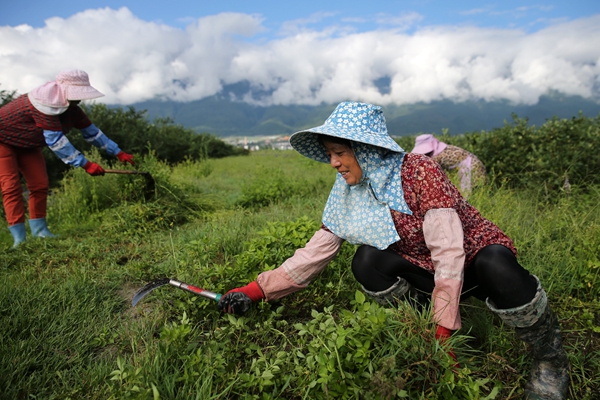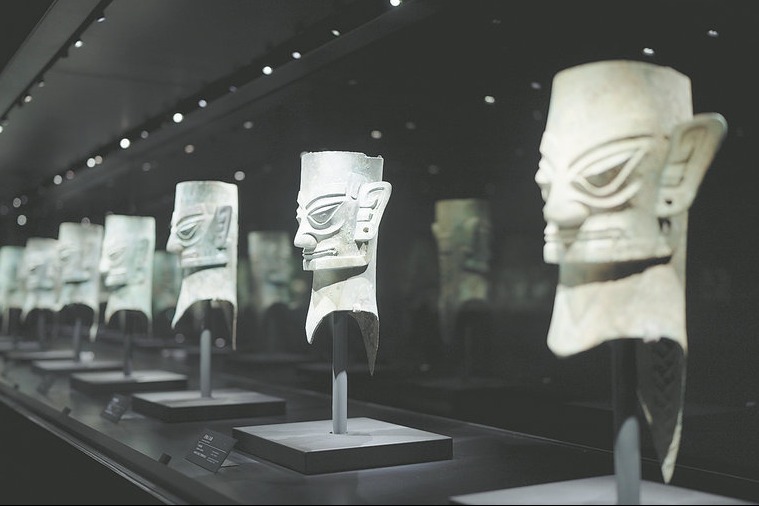Shores of sustainability
By Fang Aiqing | China Daily | Updated: 2019-09-05 08:31

Restoring the ecology
In some areas around the lake, mainly in parts of the city of Dali and Eryuan county, the farming and tourism industries, major sources of income over the years, have been transformed.
For instance, it is banned to plant garlic, a practice which requires large amounts of water and fertilizer, and so is the use of fertilizer containing nitrogen and phosphorus.
Now, individual farmers can transfer parcels of land to larger-scale operations run by local or external enterprises planting cash crops like blueberries and cherries. The farmers are offered guaranteed jobs at these enterprises.
Nearly 2,500 restaurants and guesthouses around the lake were closed for 18 months from April 2017 while the sewage networks were being constructed.
Despite the controversy and questions raised, the region's sewage and garbage disposal systems-and tourist infrastructure like roads, parking lots and service centers-were all significantly improved over this period.
And ecological restoration efforts are also gathering pace.
Yang Jianping, deputy director of the city-level administrative bureau of Erhai Lake, says they are exploring ways to remove fields, cottages and roads from the lake shore and turn it back to a natural waterfront, lined with trees, grass, ditches and wetland.
This would allow the silt, leaves, straw and pollutants from the rain-wash or the runoff from the fields to be retained at the lake shore.
So far, the 1-kilometer-long test section of this ecological corridor, which also serves as a recreational and fitness park, has worked well. Another 50 km section is due to be completed later this year, Yang says.
By trading short-term profit for managed sustainability, Dali's efforts are starting to pay off. The quality of the lake water met with the second grade of the national standard for surface waters for seven months and the third grade for five months last year-the best results since 2015.
Second and third grade surface waters are fit to be used in daily life, and for aquaculture or aquatic animal habitats.
This year, the water quality remained at the second grade in the first five months and the third grade for June and July, accompanied by the advancing rainy season. The nearshore waters seem clearer, and there have been no large-scale outbreaks of algae bloom so far.
























